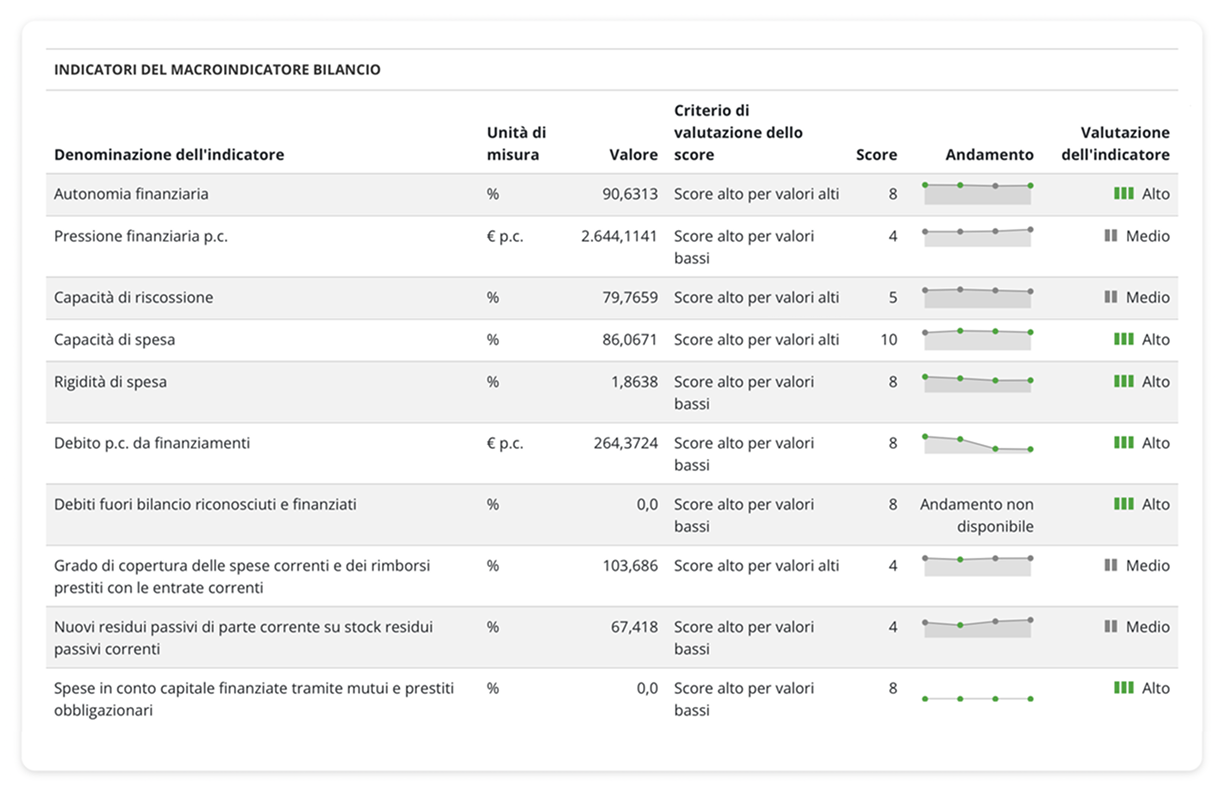
REP Index
The Rating of Public Entities, or Public Rating, is an Administrative Capacity Index based on an evaluation and comparison model of the Public Administrations at different territorial levels.
“Good governance and quality of public administrations is recognisably in the interests of the EU citizens and Member States, to achieve maximum value from finite public funds and create a public-private interface that raises employment and growth. Worldwide, the evidence is irrefutable: high productivity, high income per head economies has the most effective and efficient public institutions”.
European Commission "Measuring Public Administration: A Feasibility Study for Better Comparative Indicators in the EU", 2018
It means there cannot be economic and social development without good public governance. First, we need to be able to measure the quality of the Public Administration, then to intervene specifically to support the weaknesses.
It is therefore necessary to be able to preliminarily carry out a sort of due diligence of the administrative machinery, and not just of public policies as most of the available evaluations do, which measures and compares the transparency, integrity and efficiency of the PAs.
To evaluate that, data are crucial, and not just the budget ones. And it is essential to overcome the traditional methodologies based on interviews and questionnaires, to adopt a different, complementary and innovative methodological typology:
The Rating of Public Entities, or Public Rating, is an Administrative Capacity Index based on a set of indicators selected on the basis of the relevant applicable regulatory framework. It grounds on the methodology of ESG sustainability indices used in the financial markets for the corporate world.
The evaluation and comparison model of Public Administrations proposed by REP is applicable at different territorial levels: national, regional, local.
Would you like to delve into REP activities?
From the Administrative Capacity Index to the digital monitoring dashboard, from training to participatory processes: discover the services we offer to Public Administrations, governments, international organizations, and investors.
More info

